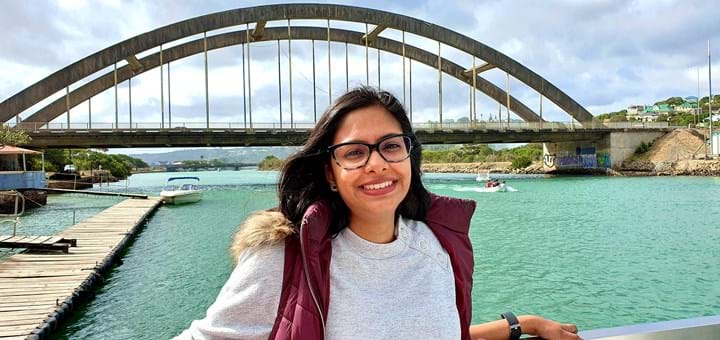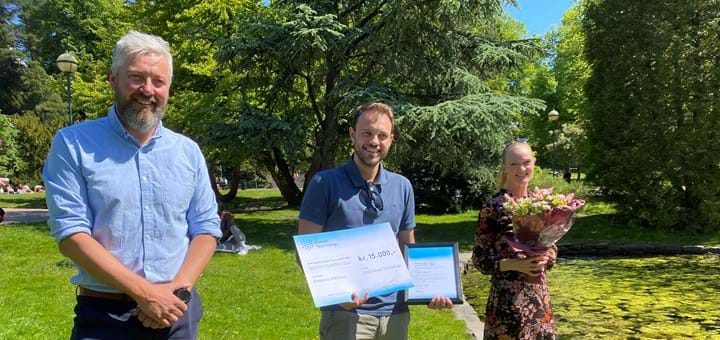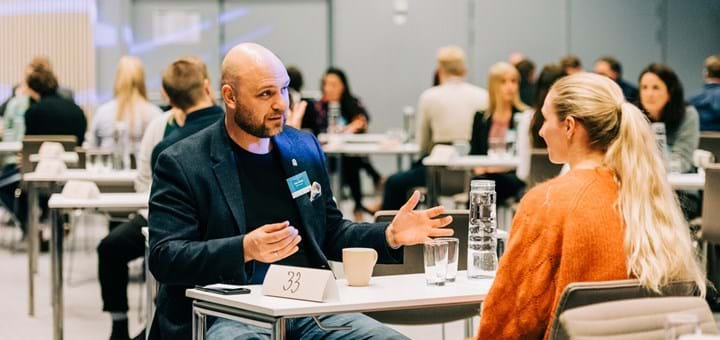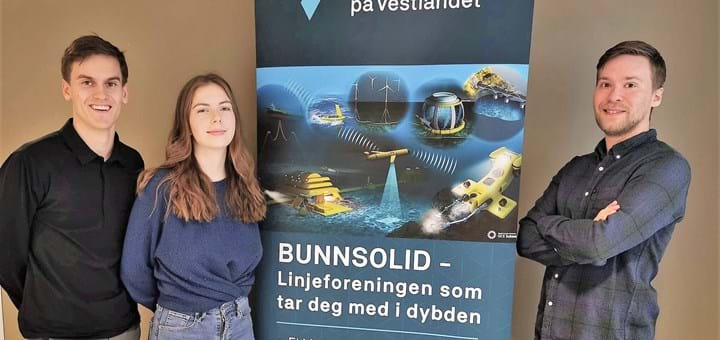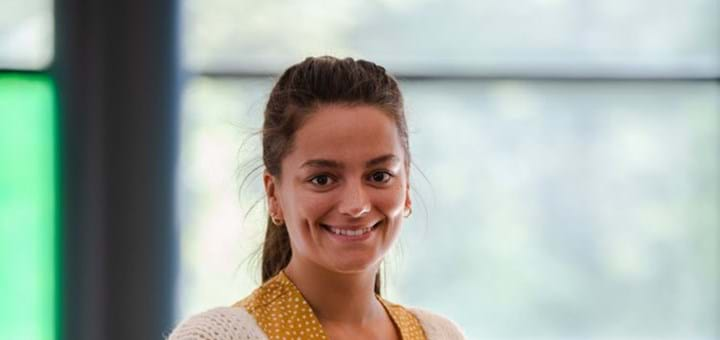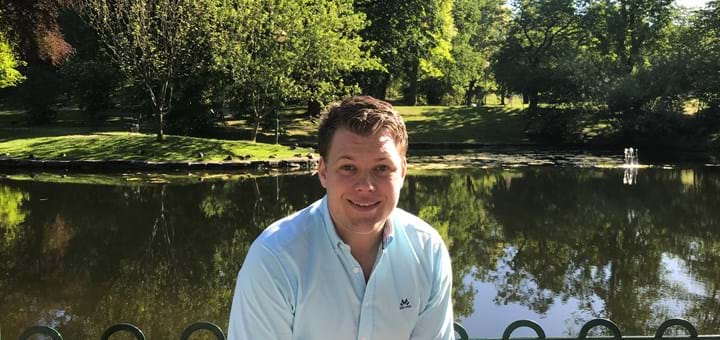Collaboration at the Center
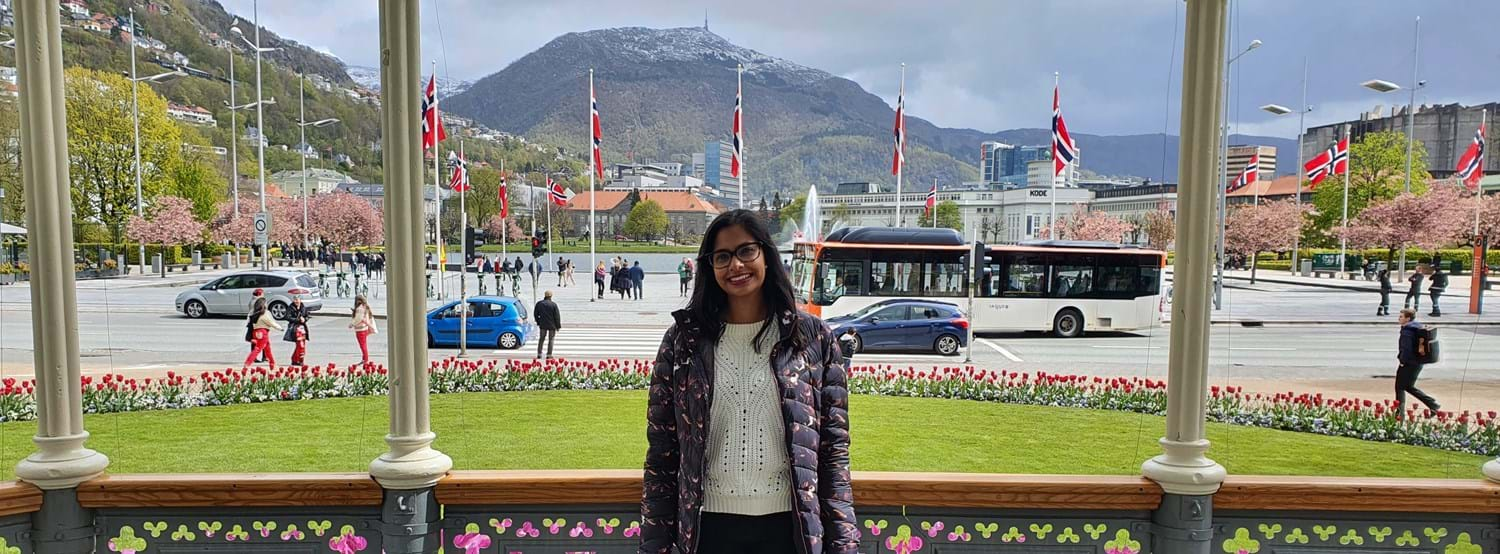
Gain insight into Paleesha Naidoo’s internship in GCE Ocean Technology, involving determining if there were opportunities for collaboration between Norway and South Africa.
Written by Paleesha Naidoo, Intern at GCE Ocean Technology
My internship at GCE Ocean Technology was mostly conducted digitally since my work tasks consisted of me gathering business intelligence.
I was tasked with mapping out the cluster landscape in South Africa in order to determine if there were opportunities for collaboration between Norway and South Africa. Thereafter, I was tasked with mapping out the entrepreneurial “support” system such as incubators, technology transfer offices and accelerators that pertained to the maritime industry in South Africa.
Since my work tasks were related to opportunity finding, collaboration was one of the methods that could be used to leverage these opportunities.
Collaboration as a Business Method
Collaboration can be seen as the act of bringing together entities into a new structure for a common, agreed upon purpose. As someone with an industrial engineering background, I view collaboration as a tool to promote efficiency, lower cost and improve productivity. This is done by leveraging the skills and knowledge of others collectively, instead of by oneself.
Collaboration and knowledge sharing should be embraced. Knowledge should not be seen as an asset that is meant to be severely protected to the degree that it is hidden away and depreciates over time, but rather viewed as an asset, that when shared, grows and thus appreciates.
This is not to say that proprietary information, critical for a business’ competitive advantage and market success, should be made public but rather that collaboration and knowledge sharing, should not be strictly viewed with connotations of loss. It is a tool in businesses’ strategic toolbox that should be used timeously and appropriately.
Cluster Collaboration
My internship at GCE Ocean Technology has exposed me to an entire ecosystem dependent on the ebb and flow of the tide evident through the technologies being developed by the entrepreneurs to the initiatives communicated in seminars held globally.
From aquaculture to renewable energy solutions, the ocean has introduced me to a new way of looking at how synergies between stakeholders can be leveraged to do business better – something that is greatly needed in a time such as this.
My internship at GCE Ocean Technology allowed me the opportunity to explore the role of a cluster facilitator in the maritime industry and in mapping the maritime innovation landscape (clusters and the entrepreneurial support network) in South African, see that opportunities for collaboration do exist in that space.
Prior to the internship, I had not been aware of the vibrancy associated with the maritime landscape or of how a cluster functioned as I had not worked in that environment. However, in performing my work task of mapping the maritime clusters and the supporting entrepreneurial network, whilst simultaneously looking for collaborative opportunities, I became aware of its existence.
Collaboration involves more than just working together which is why a cluster facilitator is important. Their role is to be the link between cluster members and to create opportunities for interaction of cluster members to enable a deeper level of working since with collaboration there is the added aspect of vulnerability – one party requires something that they do not possess and the other party has to be confident in their ability that they can deliver to this users requirement.
Collaboration and Globalisation
Having also attended digital seminars hosted by various parties during my internship (GCE Ocean Technology, World Economic Forum, Ocean Hub Africa), I found the importance of collaboration, stressed at the various sessions by those from completely different demographics to be deeply motivating.
These seminars showed me that collaboration and globalisation go hand in hand, and that when conducted and facilitated appropriately, by having people from different backgrounds, cultures and demographics present in the sessions, there can be generational impacts.
This is due to the diversity in ideas and the innovative thoughts shared in the main sessions of the seminars as well as in the digital networking break-away rooms. Being a sustainability analyst, I have strong views on green technologies but now I realise that these fields cannot be viewed in isolation or seen without the blue ecosystems.
Working at GCE Ocean Technology, it was encouraging to see that sustainability is no longer a buzz word but that efforts are consciously and deliberately being made to address the United Nation’s Sustainable Development Goals.
Since I personally value collaboration, working in a professional setting that allowed me to explore the phenomena further greatly enriched me. What became clear to me as the internship progressed was that collaboration is a complex activity, not a clear-cut concept and is influenced by different factors.
My experience has shown me that at its core, collaboration goes far beyond providing transactional services but rather building relationships between individuals.
Growing up near the coast in Durban, the ocean was always a blue haze in the distance, a means to allow for transportation of goods as evident by the large ships that I saw on the horizon; an enjoyable holiday outing associated with good food, sand and laughter. Today this haze represents much more.
Contact Information


Paleesha Naidoo
Paleesha works as an intern for GCE Ocean Technology and the Ocean Innovation Norwegian Catapult Centre.
Paleesha is part of an exchange programme between cluster partner Western Norway University of Applied Sciences (HVL), the University of Pretoria and the University of Stellenbosch.
This programme is aimed at enhancing knowledge of innovative industries, experiencing work within an entrepreneurial ecosystem and building networks between Norway and South Africa for the purpose of future collaborations.

